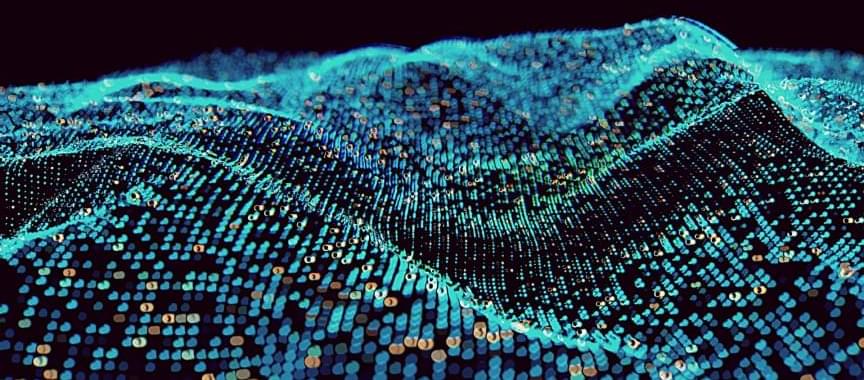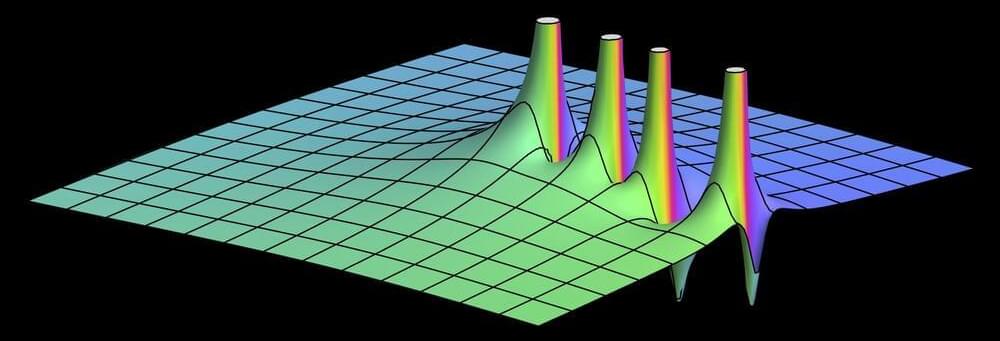Estimated to be equivalent to 10 megatons of TNT.
Last weekend the Hunga-Tonga-Hunga-Ha’apai volcano, located just over 18 miles off the coast of Tonga’s Fonuafo’ou Island, erupted. The resulting blast was so big, it sent many nations across the world scrambling over tsunami warnings. The same volcano also made headlines with a previous eruption in 2015 that resulted in the creation of small land formations. The new eruption in 2021 has added 50 percent more landmass to the volcano-made islets. However, the recent blast was so massive it destroyed most of the land formations nearby.
Even though it has been four days since the eruption, the island nation of Tonga still remains cut off from the world with undersea communication cables cut and its airport covered in ash.
Full Story:
According to NASA researchers, the estimated power of the massive volcanic eruption in Tonga was equivalent to 10 megatons of TNT.









